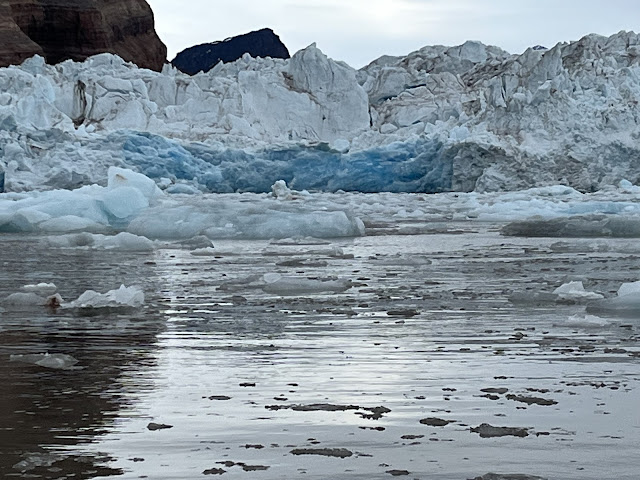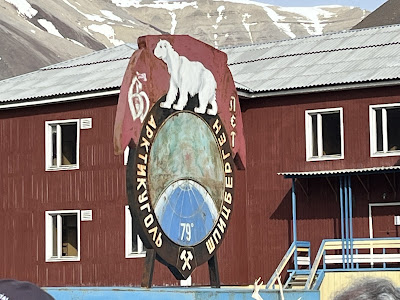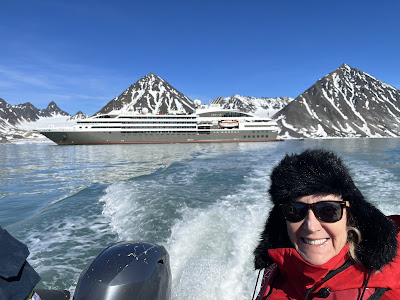The oppressive heat wave has continued: my mate, Lene, unwilling to subject our feline crew to the heat on board. My argument that felines have lived in equatorial climes for thousands of years without air conditioning fell on deaf ears. So we have remained living in the apartment.
Twelve lunched together at the Harlem on Wednesday but only six ventured out in what seemed like no wind. We sailed on Bennett’s Ohana and drove mostly on the engine, to keep the air moving past us, until three. Then a nice SW breeze came up. We circumnavigated Steping Stones Light, counter-clockwise, then beat past the Throgg’s Neck Bridge, before sailing back to the mooring wing on wing. Dave, of Lady Cat is a much better tactical sailor than I had realized. Everyone had a good time. The only pic is of Dave and Beau.
We had so much fun that except for beverages consumed underway to avoid dehydration and a few peanut butter filled pretzel nuggets, no one missed the customary post-sail libations.All was well until we tried to furl the in-mast mainsail. To make a long story short, we got half of it rolled in but the rest would not come.
Karen had to go to work so we got onto the mooring and called the launch for her before noodling about the sail. The dark black slot in the grey rectangle shown under Beau’s chin in the photo is where the furling line wraps carefully around a worm groove spindle. Pulling the line back out turns the spindle which is below but attached to the line on which the luff of the sail is attached. Pulling the line turns the worm gear which also turns the spindle, furling the sail. Simple! But not this time. Bennett‘s theory is that when unfurling we had paid insufficient attention to maintaining tension on the furling line allowing it to overwrap and create a blockage.
It is the potential for just such a blockage that has kept me from roller furling mainsails, though they are increasingly popular on more and more boats. (Bennett admitted that he is getting tired of being lectured about them.)
But the immediate problem was that we could not leave the boat with half the main out there catching wind. I came up with what turned out to be a very bad idea: Lets remove the grey cover plate, held on by four Allen bolts to open the slot and look inside. We did, but the grey “cover plate” was not a cover plate. It was the aft side of the rectangular block in which the worm gear turned. Removing it did not provide access but made it impossible for us, with our tools to put it back together, and the sail was still flapping. Social Member Anne, a former West Coast sailor and frequent Salt, came up with the temporary solution. We detached the outhaul from the sail’s clew, and then rolled the sail on itself into a vertical coil. Until it reached the mast. Then a line around both coil and mast, lashing the coil to the mast, just above the boom. But we were not done yet because the wind was pulling the sail out of its coil. Bennett has a high quality Bosn’s Chair in which I went up the mast, trussing the coil like a bunch of sausage links at perhaps 18’ intervals. Back at the Clubhouse, Bennett treated us to a round. He called the rigger, Jeff Lazar, and while I don’t know how he did it, by Saturday the sail was off the mast.
The weekend was for the mini-cruise by the Harlem and City Island Yacht Clubs to the free mooring field at Rye Playland.
ILENE to the right; I don’t know who took the photo, but it was taken when I had dinked over to another boat. The moorings are a bit hard to grab, no pickup sticks, especially for me, because I sailed solo, Lene, home with our feline crew.
The place is very easy to enter and well protected by two curving sea walls, except from due southerlies. (Dave, of Lady Cat, has been there and had promoted the place but it was a new port for me.)








































